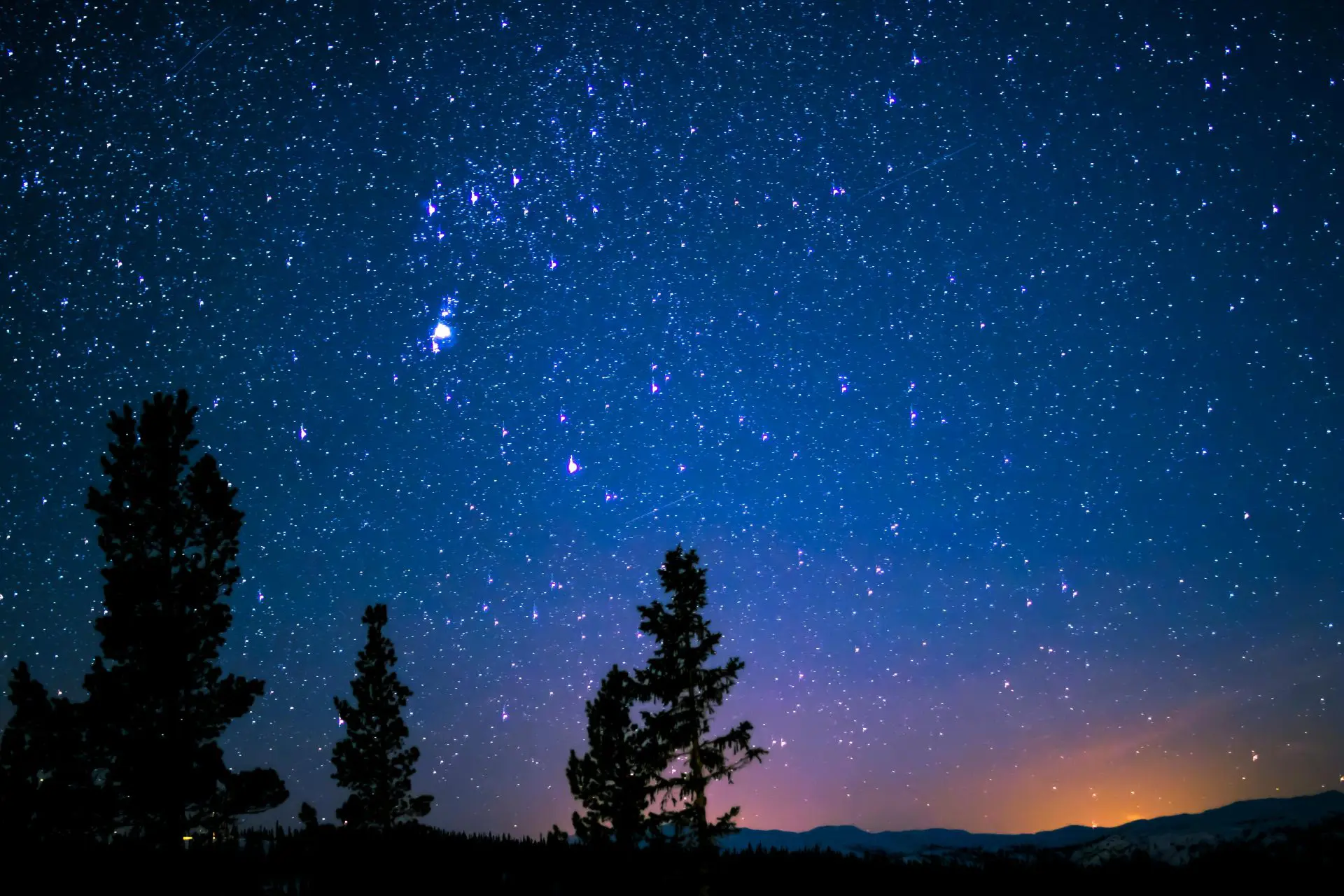The Rainbow Lorikeet: Symbolic Bird in Aboriginal Dreaming

Looking for more amazing products? Check out our online store and explore our collection here! Happy shopping!
Before diving in, please note: This post is for informational purposes only. If you’d like to know more about how we approach topics, feel free to check out our friendly Disclaimer Page.
Hey there, amazing readers! 
We’re committed to delivering quality posts, and your support (even just sticking around despite the ads) means everything to us. So, bear with us, and thanks for helping us keep the good vibes rolling. Now, on to the fun stuff!
TRANSLATE BUTTON AT THE END OF THE ARTICLE
A Quick Overview
The Rainbow Lorikeet is a colorful and vibrant bird native to Australia, known for its stunning plumage and playful nature.
In Aboriginal Dreaming, this bird holds significant symbolic meaning, representing beauty, vitality, and spirituality.
Understanding the cultural importance of the Rainbow Lorikeet in Aboriginal traditions sheds light on the deep connection between Indigenous communities and the natural world.
Origin and Habitat of the Rainbow Lorikeet
The Rainbow Lorikeet, scientifically known as Trichoglossus haematodus, is native to Australia, where it can be found in various habitats such as coastal regions, rainforests, and woodlands.
These birds are highly adaptable and can thrive in both urban and rural environments.
They are commonly seen in eastern and northern parts of Australia, as well as in Tasmania and parts of Indonesia.
Physical Characteristics of the Rainbow Lorikeet
The Rainbow Lorikeet is easily recognizable by its bright plumage, which features a combination of red, blue, orange, green, and yellow colors.
They have a slender build with a curved beak designed for feeding on nectar and pollen.
Their feet are zygodactyl, meaning they have two toes pointing forward and two toes pointing backward, which helps them grip onto branches and climb with agility.
Diet and Feeding Habits of the Rainbow Lorikeet
Rainbow Lorikeets are primarily nectarivores, feeding on the sweet nectar of flowers using their specialized brush-tipped tongues.
They also consume pollen, fruits, seeds, and insects.
These birds are known for their acrobatic feeding behavior, hanging upside down to reach nectar from flowers.
They play a crucial role in pollination, helping to spread pollen from one plant to another.
Breeding and Reproduction of the Rainbow Lorikeet
During the breeding season, Rainbow Lorikeets form monogamous pairs and build nests in tree hollows or crevices.
Females typically lay two eggs, which are incubated for around 25 days.
Both parents take turns caring for the eggs and feeding the chicks.
Young lorikeets fledge after 7-8 weeks and become independent shortly after.
These birds can breed multiple times a year, contributing to their population growth.
The Rainbow Lorikeet in Aboriginal Culture
In Aboriginal culture, the Rainbow Lorikeet holds symbolic significance as a messenger of beauty, joy, and spiritual connection to the land.
These birds are revered for their vibrant colors, which are believed to reflect the diversity and richness of the natural world.
They are often depicted in Indigenous art, music, and storytelling as symbols of transformation and renewal.
The Rainbow Lorikeet as a Symbol of Beauty
The striking appearance of the Rainbow Lorikeet has made it a symbol of beauty and vitality in many cultures, including Aboriginal Dreaming.
The rainbow-like colors of their plumage represent the harmony and balance of the natural world, reminding people of the importance of preserving biodiversity and respecting the environment.
These birds inspire awe and admiration with their vibrant presence and playful demeanor.
The Rainbow Lorikeet’s Role in Dreamtime Stories
In Aboriginal Dreaming stories, the Rainbow Lorikeet is often portrayed as a trickster figure or a messenger between the spiritual and physical realms.
Their colorful feathers are seen as a reflection of the Dreamtime ancestors’ creative powers and connection to the land.
These stories emphasize the interdependence of all living beings and the need to maintain harmony with nature for the well-being of future generations.
Conservation Efforts for the Rainbow Lorikeet
Despite being a common sight in Australia, Rainbow Lorikeets face threats from habitat loss, urbanization, and climate change.
Conservation efforts are focused on protecting their natural habitats, promoting sustainable land management practices, and raising awareness about the importance of preserving biodiversity.
Organizations such as BirdLife Australia work to monitor lorikeet populations and implement conservation measures to ensure their long-term survival.
Threats to the Population of Rainbow Lorikeets
The population of Rainbow Lorikeets is at risk due to deforestation, pollution, and the illegal pet trade.
Loss of native vegetation reduces their food sources and nesting sites, while pollution from pesticides and toxins can harm their health.
Illegal trapping and trading of lorikeets for the pet industry also pose a threat to their wild populations.
These factors contribute to the decline of lorikeet numbers in some regions.
Ways to Help Protect the Rainbow Lorikeet
There are several ways individuals can contribute to the protection of Rainbow Lorikeets and their habitats:
Support conservation organizations that work to preserve native vegetation and wildlife habitats.
Plant native flowering plants in your garden to attract lorikeets and provide them with food sources.
Avoid the use of pesticides and chemicals that can harm lorikeets and other wildlife.
Report any illegal activities such as trapping or trading of lorikeets to authorities.
Educate others about the importance of preserving biodiversity and respecting Indigenous cultures.
Importance of Preserving Aboriginal Dreaming Stories
Preserving Aboriginal Dreaming stories and cultural traditions is essential for maintaining the rich tapestry of Australia’s Indigenous heritage.
These stories offer valuable insights into the connection between humans, animals, and the land, fostering a deeper appreciation for the natural world.
By honoring and sharing these narratives, we can promote cultural diversity, respect for Indigenous knowledge, and sustainable stewardship of the environment for future generations to come.
Conclusion
The Rainbow Lorikeet holds a special place in Aboriginal Dreaming, symbolizing beauty, vitality, and spiritual connection to the land.
Understanding the cultural significance of these birds enriches our appreciation for the intricate relationships between Indigenous communities and the natural world.
By supporting conservation efforts, raising awareness about threats to lorikeet populations, and respecting Aboriginal Dreaming stories, we can ensure the preservation of this iconic species and their cultural heritage for generations to come.

The Enlightenment Journey is a remarkable collection of writings authored by a distinguished group of experts in the fields of spirituality, new age, and esoteric knowledge.
This anthology features a diverse assembly of well-experienced authors who bring their profound insights and credible perspectives to the forefront.
Each contributor possesses a wealth of knowledge and wisdom, making them authorities in their respective domains.
Together, they offer readers a transformative journey into the realms of spiritual growth, self-discovery, and esoteric enlightenment.
The Enlightenment Journey is a testament to the collective expertise of these luminaries, providing readers with a rich tapestry of ideas and information to illuminate their spiritual path.
Our Diverse Expertise
While our primary focus is on spirituality and esotericism, we are equally passionate about exploring a wide range of other topics and niches 

To ensure we provide the most accurate and valuable insights, we collaborate with trusted experts in their respective domains 
Our blog originally focused on spirituality and metaphysics, but we’ve since expanded to cover a wide range of niches. Don’t worry—we continue to publish a lot of articles on spirituality! Frequently visit our blog to explore our diverse content and stay tuned for more insightful reads.
Hey there, amazing reader! 
Check out our store here and take a peek at some of our featured products below! Thanks for being awesome!












